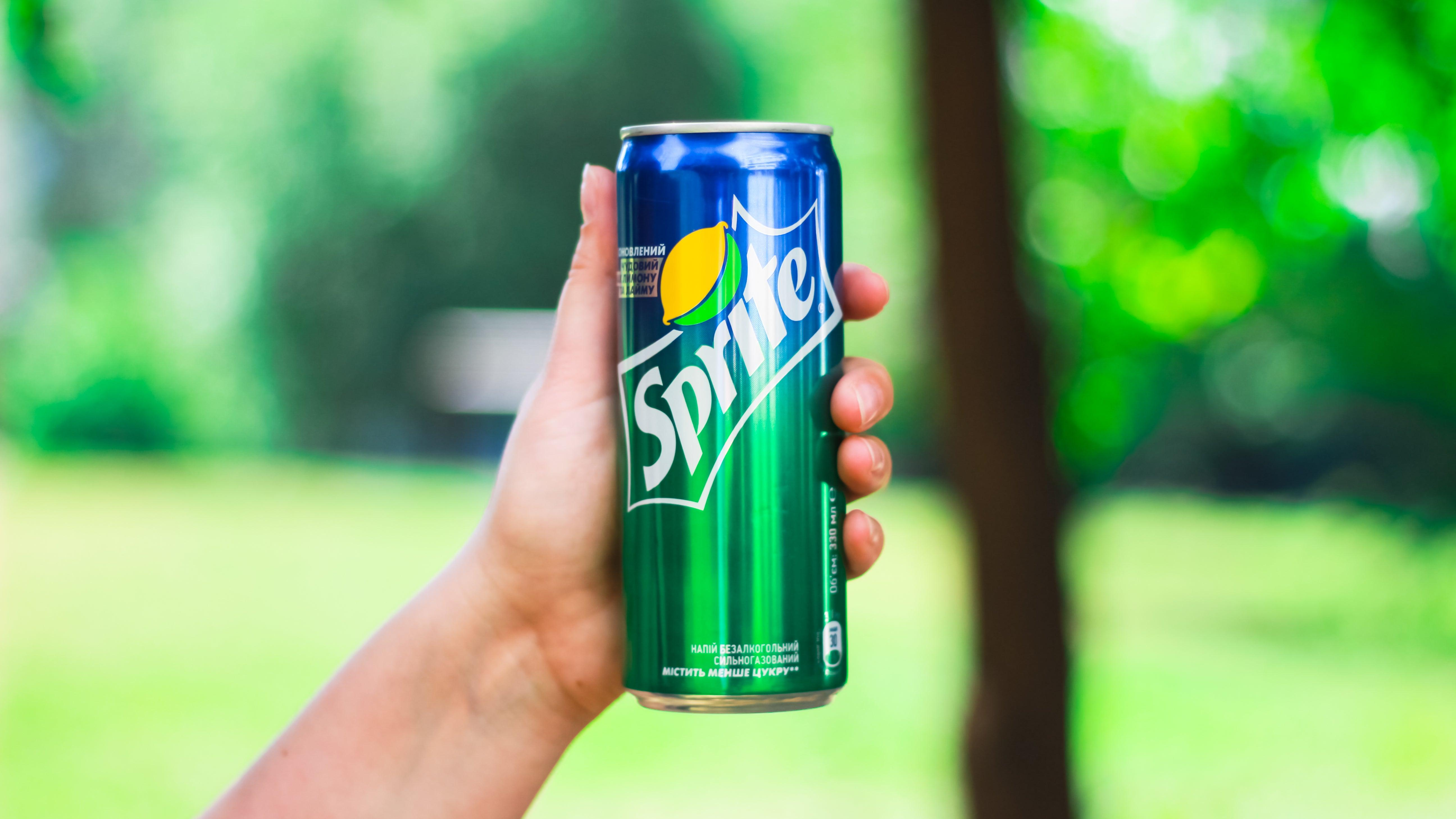Get This Secret Korean Ingredient Straight From The Vending Machine
You can put the lemon-lime soda in all sorts of dishes.
Even though I don't typically associate sweet soda with savory cooking, it occasionally has its place as an ingredient in American kitchens. We at The Takeout like putting it in dishes like sloppy joes and orange soda chicken. I've also seen sodas included in crock pot recipes and sauces. But it might surprise you to know that lemon-lime soda, specifically, has made its way into a cuisine near and dear to my heart: Korean food.
How to use lemon-lime soda in Korean dishes
Some years back there was a controversy about a dish that's currently posted on 7-Up's website, white kimchi, that uses the fizzy stuff to give a quick kimchi recipe some sweetness and a little bit of effervescence. Some people got upset at the brand, a piece from The Huffington Post explained, because they felt the posting of the recipe was cultural appropriation. But others, like David Chang, explained that it was a perfectly normal ingredient in his household growing up, and provided a similar recipe to Food and Wine. White kimchi is typically lightly sweet and crisp, which is why the combination makes more sense in practice than on paper.
Lemon-lime soda (and less frequently, Coke) can also be a secret ingredient in one of America's favorite Korean sub-genres, Korean barbecue. Dishes like galbi and bulgogi sometimes contain 7-Up or Sprite to contribute to the beef marinade's sweetness, which is a big part of its appeal.
But one surprise dish that 7-Up can show up in, is noodle dishes. I was recently talking about Korean food with my sister's mother-in-law, and she mentioned briefly that she soaks the buckwheat noodles from a dish called bibim naengmyeon (translates into "mixed noodles") in 7-Up before she puts the rest of the ingredients on top, which can include gochugaru (red chile powder), and julienned cucumber and pear.
"It gives the noodles a much different taste," she said, her eyes lighting up. "You have to pour it around the noodles, just a little bit before you finish it." Bibim naengmyeon is cold, chewy, spicy, and most importantly in this context, sweet, which is why the inclusion of 7-Up makes perfect sense. Plus that touch of acid helps make the noodles more interesting with every bite.
If a Korean household isn't using Sprite or 7-Up in their recipe, they might be using saida (English labels typically say "cider"). Saida has a similar flavor profile to lemon-lime sodas, though slightly different. But in this case, it fits the bill just as well for cooking purposes.
And of course, not everyone cooks using soda as an ingredient—it was never used in my household as I was growing up. But Korean cooking has a habit of utilizing ingredients to their full potential, including stuff that can come straight from a vending machine, which I think is a pretty refreshing idea.
